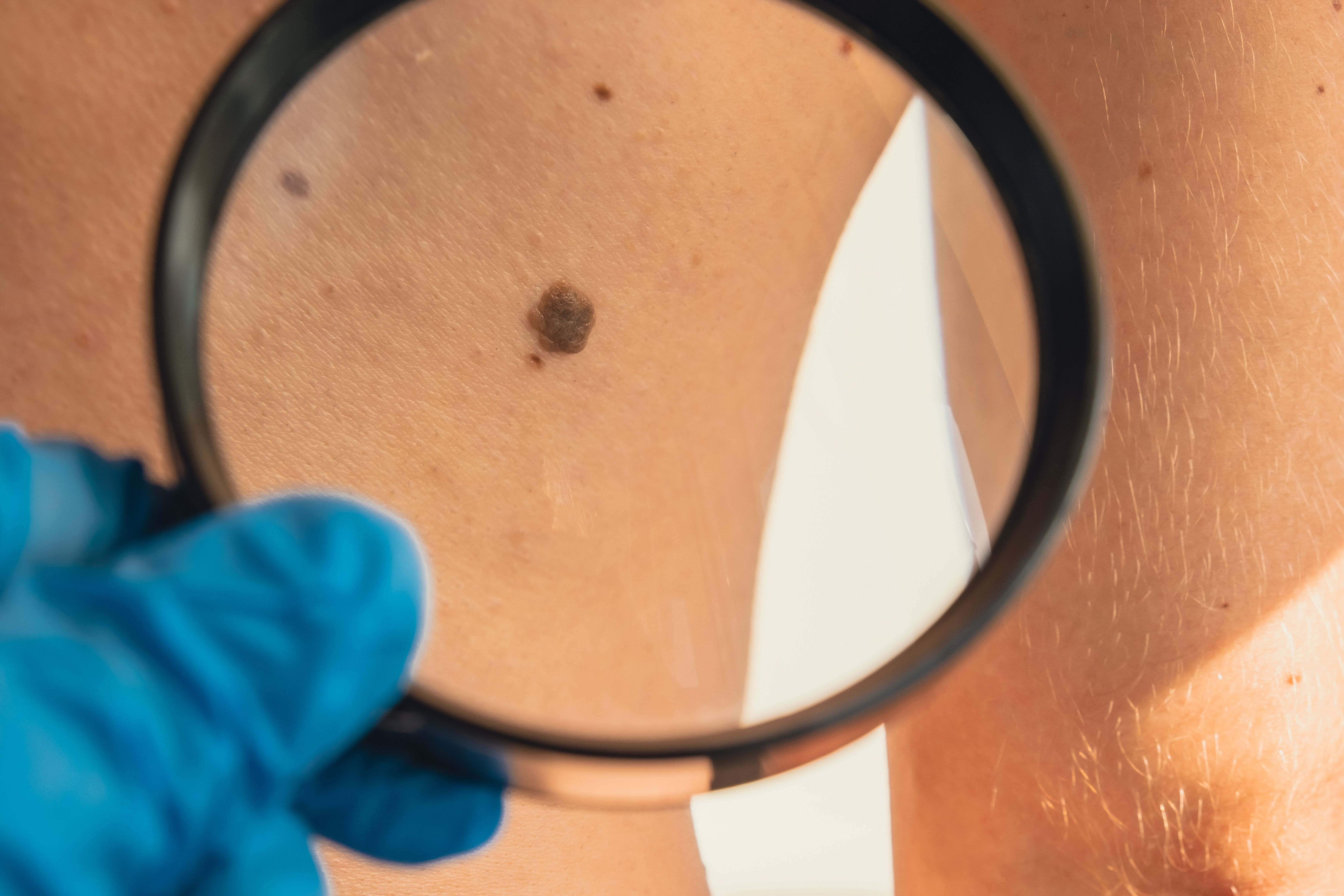News
Article
Continuity of HIV Care Preserved During Pandemic Through Telemedicine, Despite Lack of In-Person Care
Author(s):
Strategies used during the COVID-19 pandemic to ensure continuity of care in people living with HIV can be used as a paradigm of adaptability during unexpected crises.
Challenges in access to care for patients living with HIV (PLWH) during the COVID-19 pandemic led to numerous strategies to adapt care delivery. According to a study published in Cureus, these strategies can be used in the future should other such emergencies occur.
The World Health Organization declared a global pandemic on March 11, 2020. This led to countless health care facilities closing or operating online, which led to numerous challenges in health care delivery. PLWH who relied on essential medical treatment and testing from health care providers were particularly vulnerable during this time, as viral suppression is vital for improving health outcomes. This study aimed to assess how health care delivery for PLWH changed during the pandemic, specifically access to medical services, testing, and treatment. This study also aimed to identify strategies that could be used to mitigate the challenges of the pandemic.
HIV Virus in Blood Stream | Image credit: RAJCREATIONZS - stock.adobe.com

This study enrolled patients who had at least 2 visits to the Infectious Disease clinic for HIV management by collecting data from the Cascades analysis template. The template was focused on organizations that provided care in New York state to PLWH. Patients receiving antiretroviral therapy (ARL) and viral load (VL) testing were evaluated to assess if they had continued with their treatment compared with 2019 and 2021.
All patients were aged 20 years and older. All patients had key demographics collected, including their gender, race, and ethnicity, all of which was included in the Cascades template. A binary “yes” or “no” was used to evaluate whether a patient was continuing with VL testing. Viral suppression was determined to be less than 200 copies/mL of HIV.
There were 1498 patients who were using ARV in the Infectious Disease clinic from 2019 to 2021. Researchers found that ethnicity, race, and sex did not play a significant factor in whether a patient had VL testing during the pandemic. However, a Chi-square analysis found that more patients did not have VL testing in 2020 compared with 2019 and 2021 (39% of patients didn’t have testing in 2019 and 2021 compared with 60% in 2020). A logistic regression model also found the same results, with an OR of 0.427 (95% CI, 0.237-0.75). This means that patients were 57.3% less inclined to have viral testing in 2020 compared with 2019 and 2021.
No significant association was found between achieving viral suppression and a patient’s ethnicity, sex, or race. The researchers found that the percentage of patients with detectable viral loads decreased from 58% of patients in 2019 and 2021 to 41% in 2020, which could indicate an effect on monitoring and controlling viral load. However, viral suppression was not significantly associated with the year.
Age, viral testing, and suppression outcomes were found to have an association. The likelihood of PLWH having a viral test was significantly predicted by age, with most patients who were studied being aged 55 to 56 years. The odds of a patient receiving a viral test increased 2% for every year older the patient was (OR, 1.02; 95% CI, 1.00-1.04). Viral suppression outcomes were also found to be associated with age, with the odds of viral suppression increasing 4% for each year older the PLWH was (OR, 1.02; 95% CI, 1.03-1.06).
The authors of the study pointed to telemedicine as playing a significant role in continuing care in PLWH, which in turn could help in making sure all patients adhere to their ART. Unforeseen medical emergencies, they wrote, could be mitigated in the future using this technology. There were also some limitations to this study. There was incomplete data due to the limited access to viral test results. Data disruptions were also common in the period between April 2020 and February 2021 due to the impact of the pandemic on clinical operations.
The researchers concluded that the pandemic led to measures that were able to continue care for PLWH, including sustaining viral suppression in this population. Patients were engaged in their care through the usage of telemedicine even as viral testing frequency was down due to the lack of an in-person clinic to go to. Age was also found to be associated with viral suppression. Making health care adaptive in the future can help all vulnerable populations should unexpected challenges come again.
Reference
Lewis TAJ, Kaiser ME, Goldshteyn N, Sepkowitz D, Briggs WM. A retrospective analysis of the disruptions in the HIV continuum of care during the COVID-19 pandemic: lessons from a clinic-based study. Cureus. Published online February 1, 2024. doi:10.7759/cureus.53416




